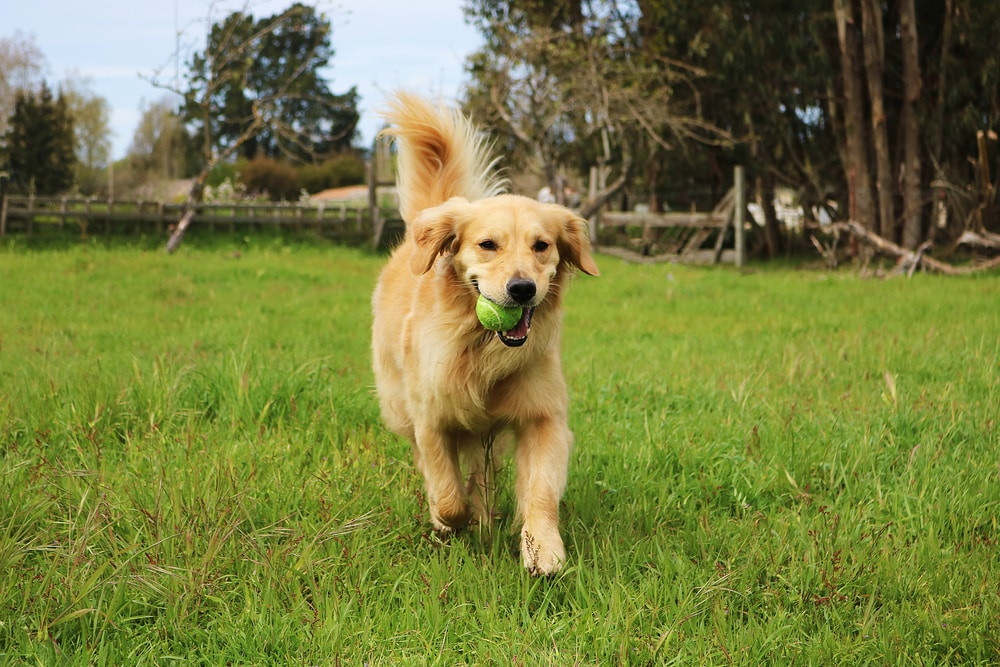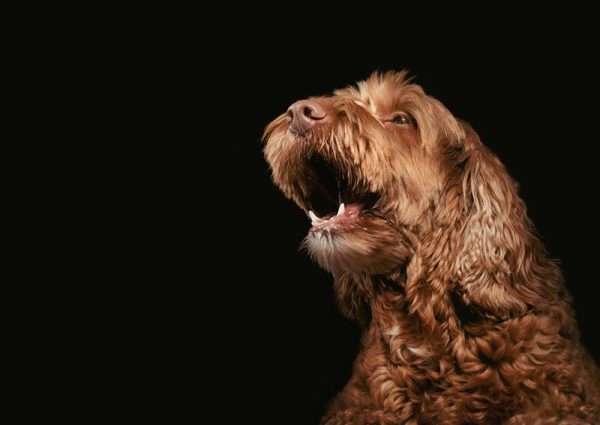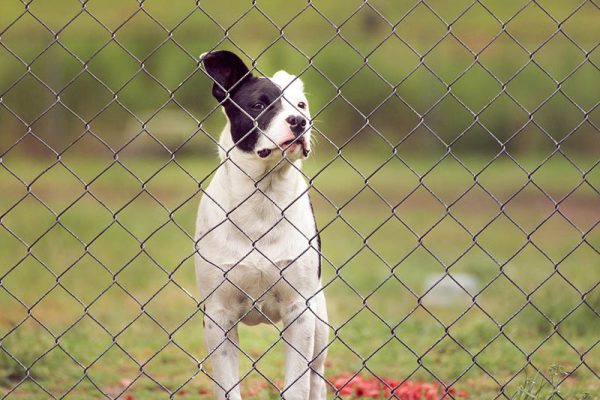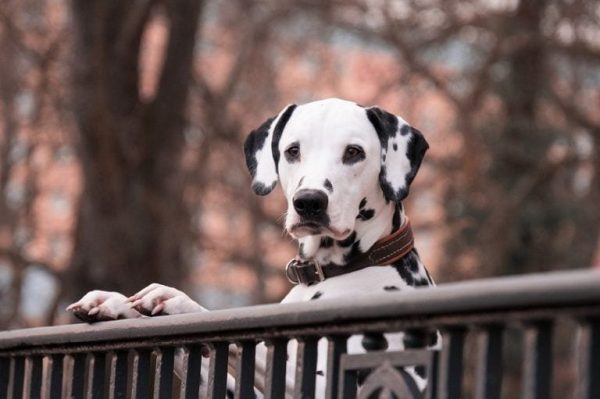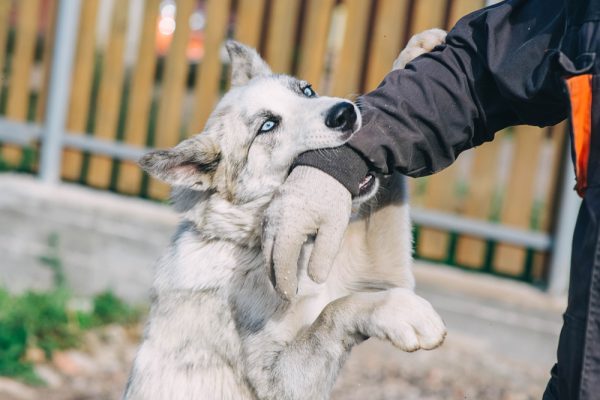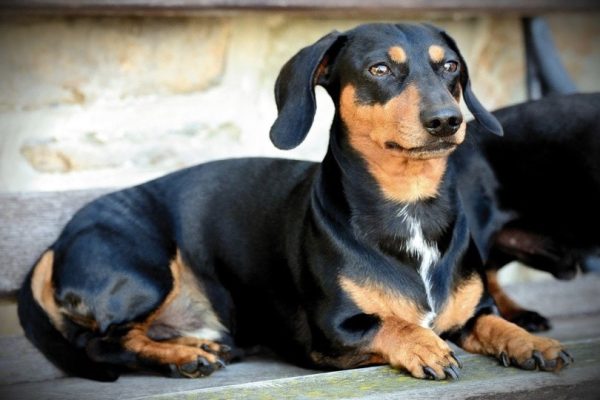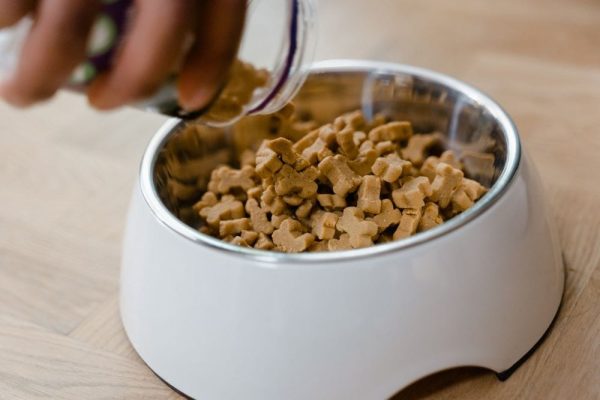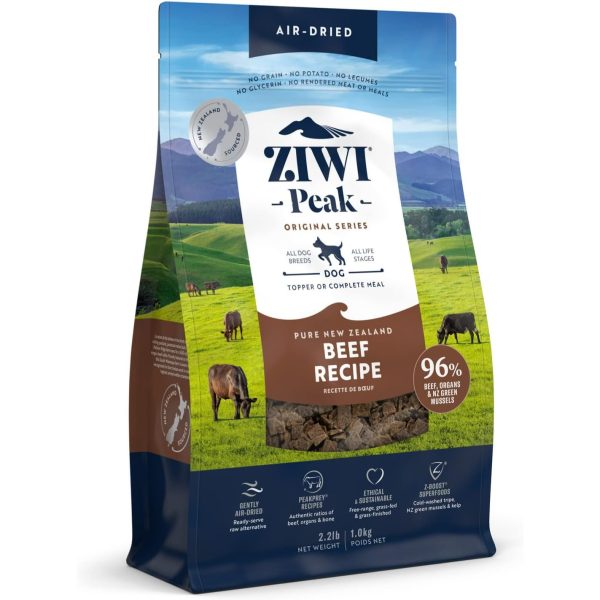What dog doesn’t love a good game of fetch with a bone, stick, or tennis ball? Most of them do, but some breeds are more suited to the game or more passionate about it than others. Certain dogs were developed to track or hunt moving objects over decades or centuries of selective breeding. Even today, you can see this athletic prowess on display if you just chuck your dog’s favorite toy across the room! Let’s take a look at some of the breeds that are best at playing fetch and what makes them unique.

What Makes a Dog Good at Fetch?
Dogs have been bred for visual acuity and retrieving ability over a long period of time, some more than others. Sighthounds and retrievers are among the best at playing fetch, and oh boy, do they love it a lot! Nearly every dog has some interest in playing fetch since their ancestors were born predators that chased down prey in the wild to survive. These fetching instincts are convenient to transfer directly to a simple game with a ball right at home.

The 10 Best Dogs for Fetch
1. Labrador Retriever
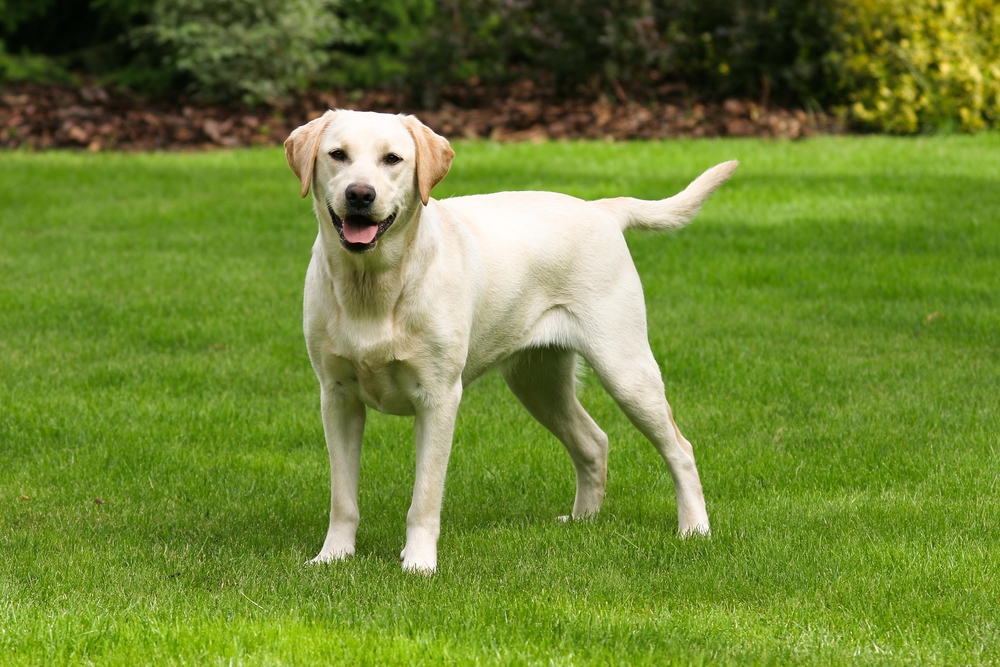
| Origin: | Newfoundland |
| Lifespan: | 10 to 12 years |
| Height: | 21 to 24 inches |
Labradors were famously bred as retrievers, used to flush out small birds in 19th-century Newfoundland. They’re an adaptable bunch that comes in a variety of beautiful coat colors, and they’re very trainable too. Labs are intelligent, understand commands easily, and catch on to games quickly. Be careful when playing fetch for long periods, though, as Labs can have joint problems made worse by strenuous exercise.
2. Golden Retriever
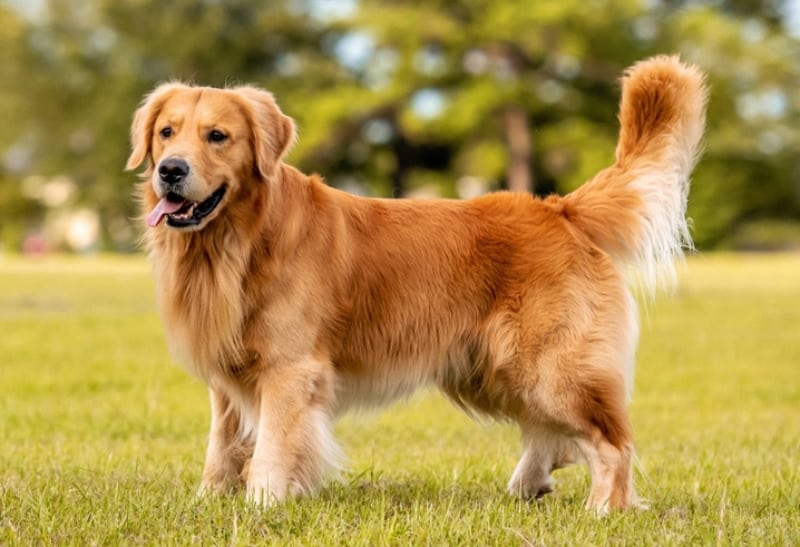
| Origin: | Scotland |
| Lifespan: | 10 to 12 years |
| Height: | 20 to 24 inches |
Golden Retrievers are perhaps the ultimate family dog, as they don’t have a mean bone in their body and are bred to carefully fetch small game without damaging it. That makes them careful and enthusiastic fetch partners for the whole family, and they love doing just about anything else outdoors too. Goldens are usually water lovers, so you can mix in some swimming with a frisbee to mix things up.
3. Standard Poodle

| Origin: | Germany |
| Lifespan: | 10 to 14 years |
| Height: | 18 to 24 inches |
Poodles are an all-around athletic breed with a wickedly sharp intelligence and a love of the water. That makes a Standard Poodle a great companion for an active family, and their eager trainability helps streamline the process. Make sure you provide a Poodle with a varied schedule of games, since their intelligence means they can get bored with doing the same things all the time. In some cases, extreme boredom can inspire destructive impulses, like chewing or digging.
4. Border Collie
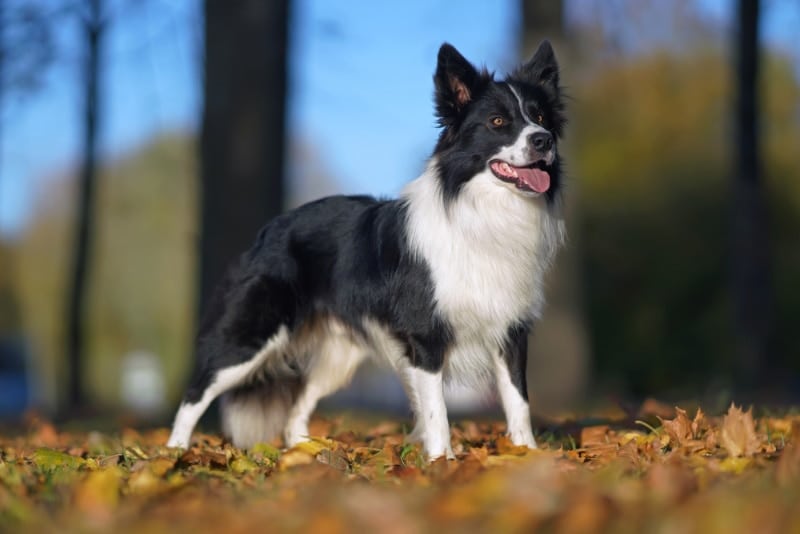
| Origin: | U.K. and Scotland |
| Lifespan: | 12 to 15 years |
| Height: | 18 to 24 inches |
The Border Collie is a bubbly, energetic breed primarily known for their herding instincts, but they play a mean game of fetch too. Collies are quick on their feet and love a good game! They can have a mischievous edge sometimes that keeps you on your toes. They excel at agility games and have a lot more endurance than you’d think, able to go for hours if you let them.
5. German Shepherd

| Origin: | Germany |
| Lifespan: | 9 to 13 years |
| Height: | 22 to 26 inches |
German Shepherds were bred to work at everything they do with an intense drive, and that can include a regular old game of fetch. This breed is athletic and needs vigorous exercise, along with fetch, to stay happy. They may be a little unsure at first what to do, but with a tasty treat promptly upon retrieval, you can quickly teach them the rules. German Shepherds are so beloved for their work drive that they’re widely used in law enforcement and militaries around the world.
6. English Springer Spaniel

| Origin: | U.K. |
| Lifespan: | 12 to 14 years |
| Height: | 19 to 20 inches |
A small and agile retriever, the English Springer Spaniel is great at fetching thanks to their long history of retrieving waterfowl. They might appear delicate compared to some bigger breeds, but this dog is a born athlete that does great at agility, hunting, flyball, and other dog sports. They can be surprisingly competitive when you really get into a game, despite their sensitive nature.
7. Jack Russell
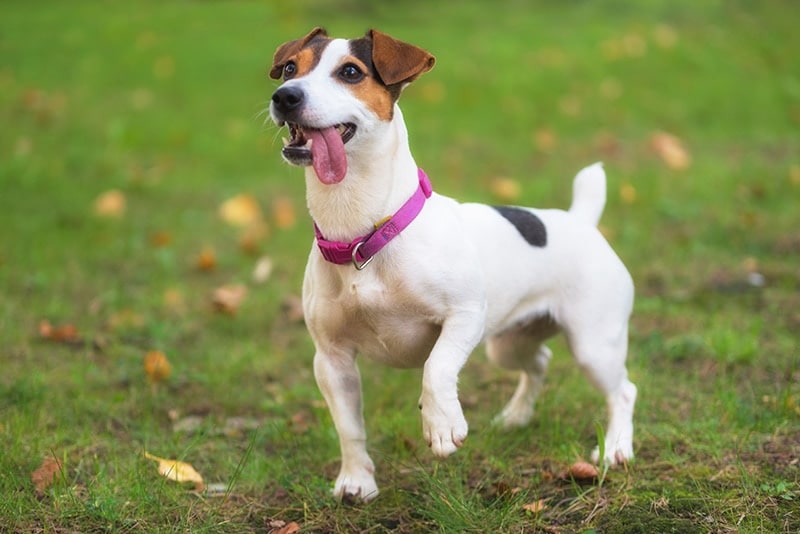
| Origin: | U.K. |
| Lifespan: | 13 to 16 years |
| Height: | 10 to 12 inches |
With a scrappy spirit and a deceptively squat yet swift body, the Jack Russell can fetch with the best of ‘em. These active little hounds are adventurous but easily distracted by a thrown tennis ball or a tasty puzzle toy stuffed with peanut butter. Jack Russells are big dogs in little bodies, and you’ll even see them performing acrobatic feats like jumps and spins on occasion!
8. German Shorthaired Pointer
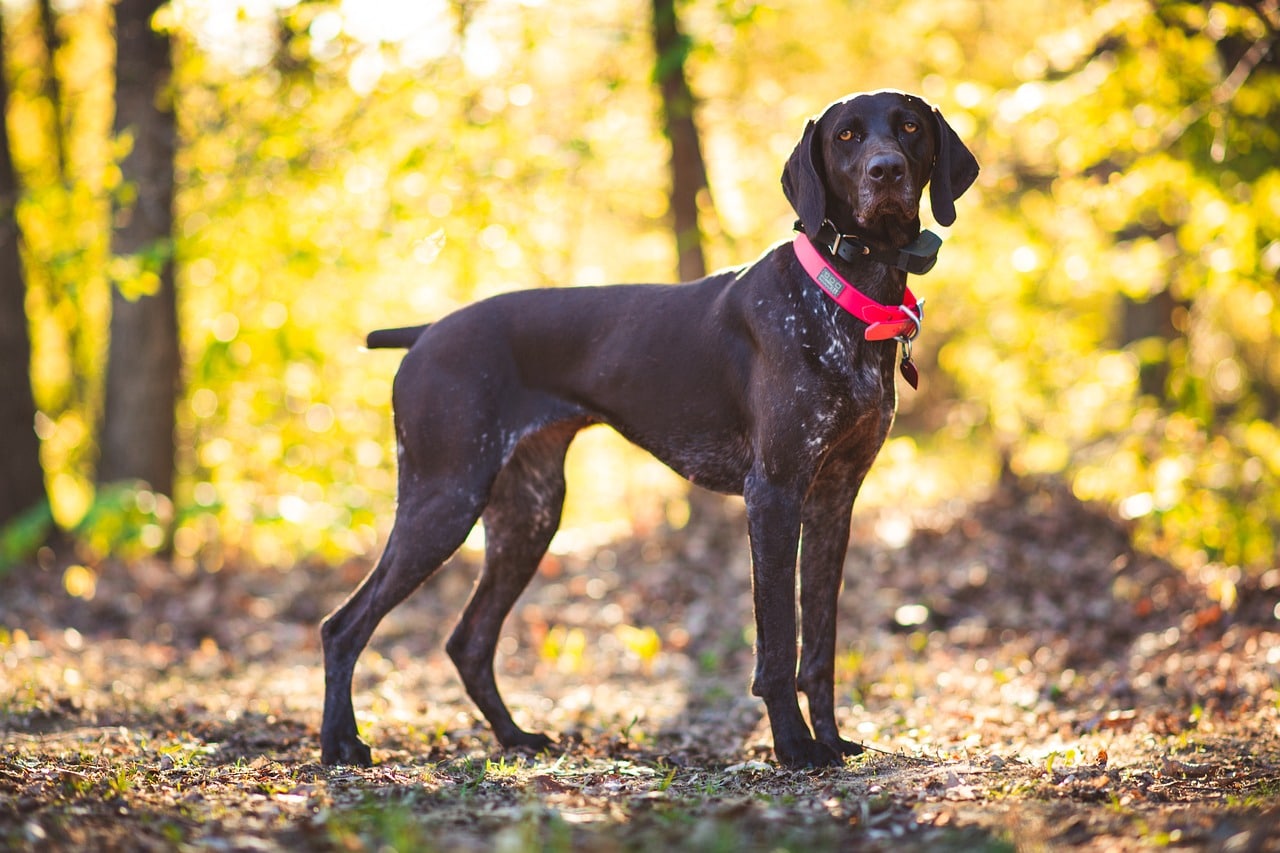
| Origin: | Germany |
| Lifespan: | 12 to 14 years |
| Height: | 13 to 25 inches |
Also called GSPs, the German Shorthaired Pointer is a retriever with seemingly boundless energy and avid fetching instincts. This versatile, athletic dog has webbed toes that make them great at watersports too, so don’t be afraid to break out the water hose or let them take a dip in the pool. GSPs are clownish and love to play with all kinds of toys, so make sure you have a variety of choices for your next play session.
9. Weimaraner
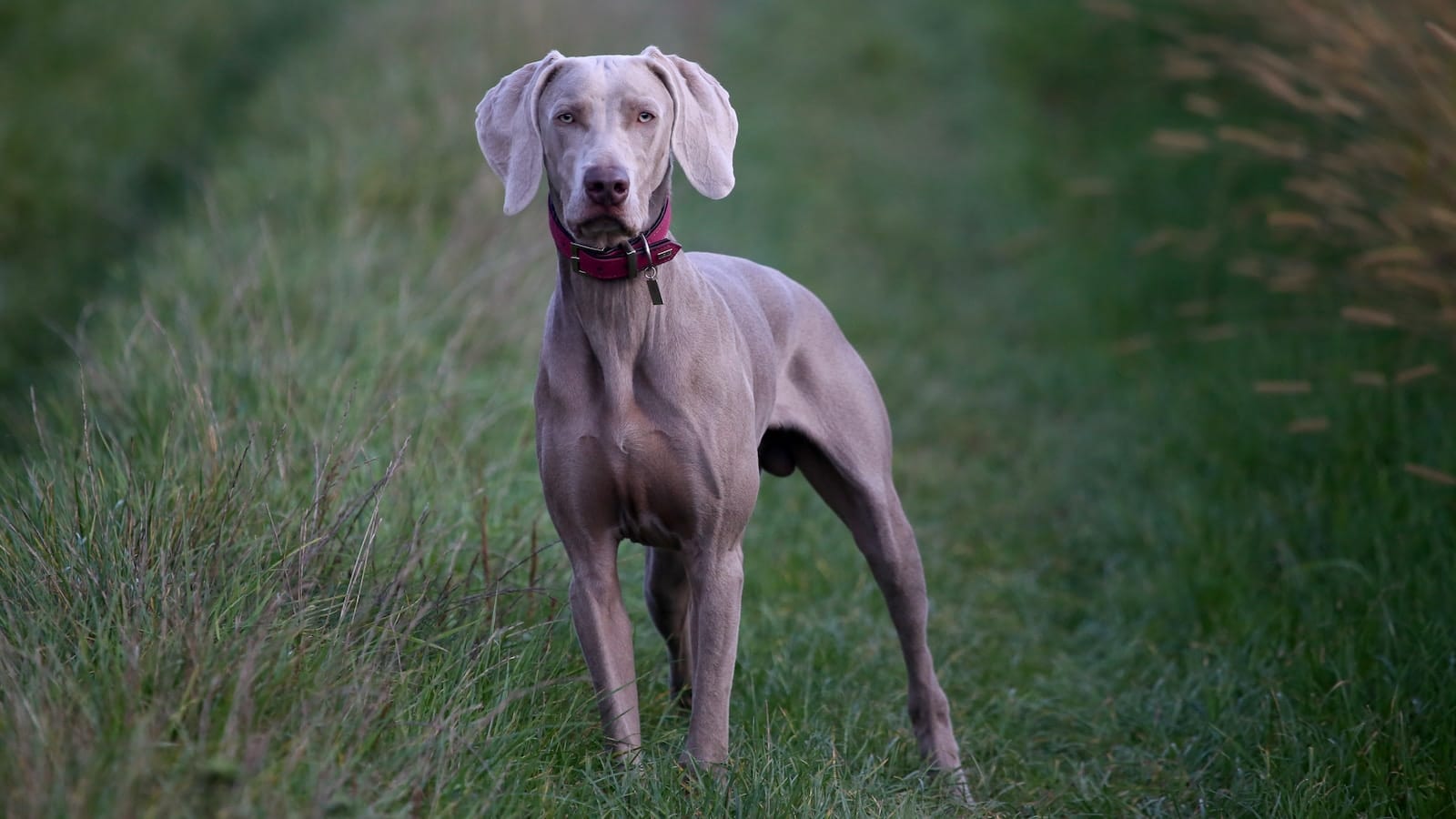
| Origin: | Germany |
| Lifespan: | 11 to 14 years |
| Height: | 25 to 27 inches |
Affectionately called the Gray Ghost for their mesmerizing coat, the Weimaraner is a muscular dog that was bred to track, hunt down, and retrieve all sorts of prey by German nobility. They’ll track a tennis ball or flying frisbee through the air with ease and impress you more than a few times with their showy displays of athletic prowess. Weimaraners are fantastic at agility and have a mild, family-friendly personality that’s at home in nearly any household.
10. English Whippet

| Origin: | U.K. |
| Lifespan: | 12 to 14 years |
| Height: | 17 to 20 inches |
The English Whippet is a friendly, lighthearted, and loving breed known for their gentle amiability, but they let their fur down when the sticks start flying. Whippets were bred for running and will happily run you out of wind playing fetch if given the chance! They’re famed for their agility feats, too, known for their super-fast sprinting speed and the ability to make hairpin turns on a dime.

Conclusion
Fetch will always be a staple in any dog parent’s home, but some breeds are better suited and inclined toward it than others. Whether you want to train the next “Air Bud” Golden Retriever or just love throwing the ball around with your Jack Russell, there’s a fetch-loving breed out there for you.
Featured Image Credit: Hollysdogs, Shutterstock
